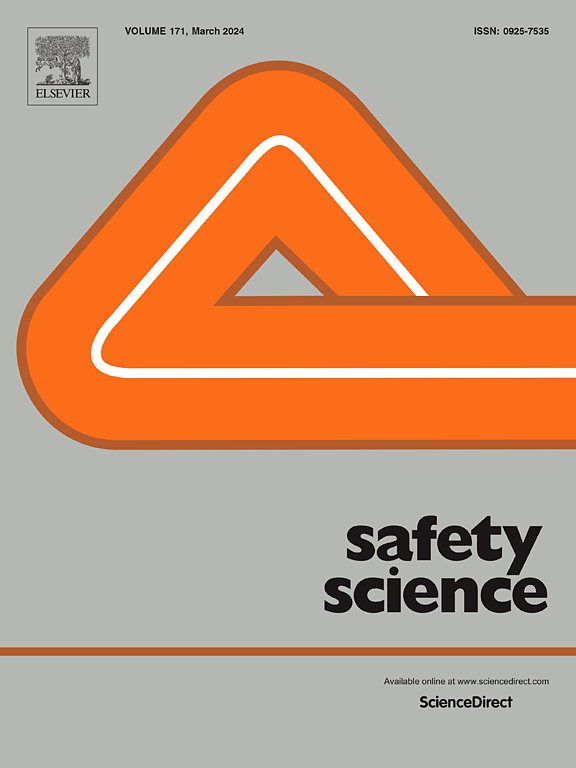Gender differences in occupational health and safety perceptions: Insights from youth in dual vocational training
IF 4.7
1区 工程技术
Q1 ENGINEERING, INDUSTRIAL
引用次数: 0
Abstract
Introduction
While occupational health and safety (OHS) education is important for all new workers, it appears critical for youth in dual vocational training programs. To develop prevention tools adapted to their situation, the first stage of an action-research study was to question their perceptions and experiences of OHS.
Objective
This study examines the perceptions of OHS among young students with disabilities enrolled in the Work-Oriented Training Path (WOTP) in Québec.
Method
A mixed-methods study based on questionnaires given to 131 (38 women, 93 men) WOTP students and Ministry documents. Descriptive and comparative quantitative analyses were conducted with a qualitative analysis of open-ended questions and documents. A gender-sensitive analysis was carried out since it is a recognized influencing factor to consider in OHS.
Results
Men and women worked in different environments (p = 0.002). Men seem to be more aware of the presence of hazards (yes = 79.6 %) than women (yes = 50 %) (p = 0.001), and collectively named 15 risk categories, compared to 9 for women. A modest proportion of men (yes = 44.1 %) and women (yes = 31.6 %) reported having received OHS training in their traineeship. Men had a slightly less marked interest in OHS (p = 0.047). A large proportion of students reported having experienced an occupational injury (43.5 %).
Conclusions
Targeted interventions are needed to ensure safe learning environments and equitable OHS training for youth with disabilities. Women might be confronted with unrecognized or invisible hazards, and all could benefit from a training that addresses those.
求助全文
约1分钟内获得全文
求助全文
来源期刊

Safety Science
管理科学-工程:工业
CiteScore
13.00
自引率
9.80%
发文量
335
审稿时长
53 days
期刊介绍:
Safety Science is multidisciplinary. Its contributors and its audience range from social scientists to engineers. The journal covers the physics and engineering of safety; its social, policy and organizational aspects; the assessment, management and communication of risks; the effectiveness of control and management techniques for safety; standardization, legislation, inspection, insurance, costing aspects, human behavior and safety and the like. Papers addressing the interfaces between technology, people and organizations are especially welcome.
 求助内容:
求助内容: 应助结果提醒方式:
应助结果提醒方式:


